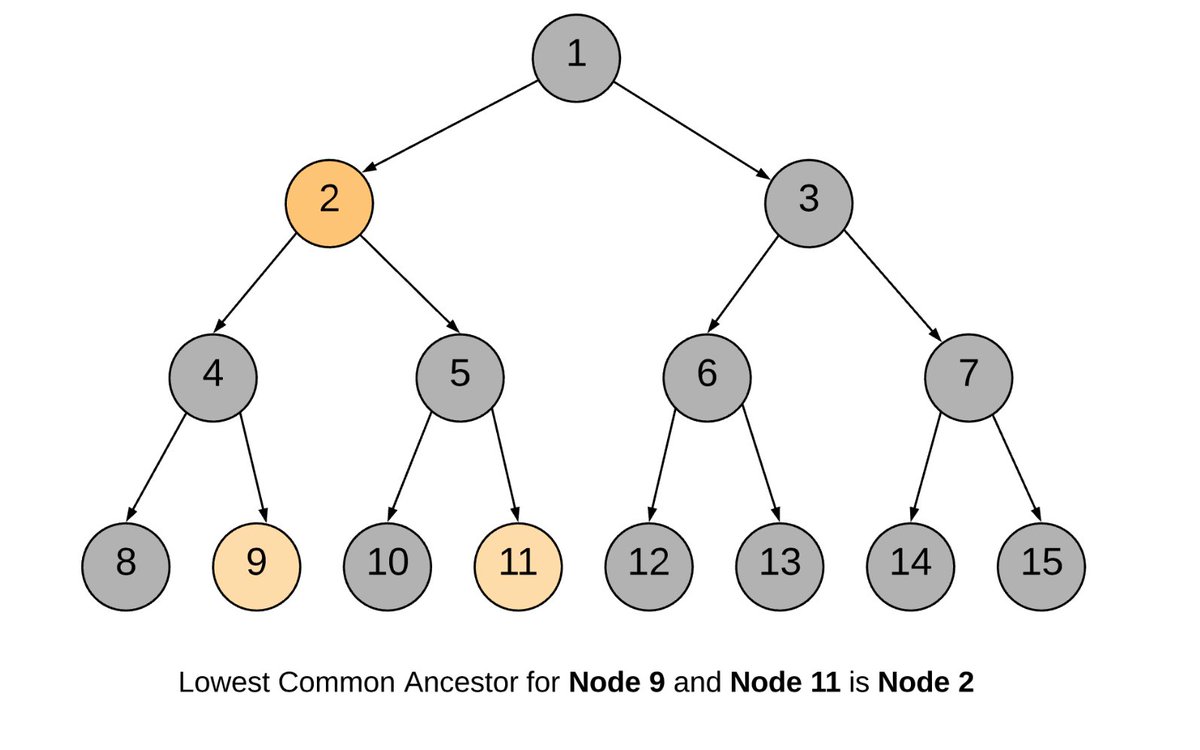
In any voluntary transaction, both sides gain. How to quantify this?
The seller of a good measures their marginal profit: the price-per-unit minus the cost of production.
The buyer could measure *their* marginal profit by subtracting the price-per-unit from their reserve price.
The seller of a good measures their marginal profit: the price-per-unit minus the cost of production.
The buyer could measure *their* marginal profit by subtracting the price-per-unit from their reserve price.
At first this is just standard consumer surplus. Gains from trade and all that.
But the interesting point is that the reserve price is usually an unobserved variable in most transactions, while the unit cost-of-production is usually known.
Could we measure more reserve prices?
But the interesting point is that the reserve price is usually an unobserved variable in most transactions, while the unit cost-of-production is usually known.
Could we measure more reserve prices?
For every transaction where we can measure the reserve price *and* the cost-of-production, we can prove that it was wealth creating.
Because at least at that moment, both buyer & seller profited from the trade to a *quantifiable* extent.
A provable positive-sum relationship.
Because at least at that moment, both buyer & seller profited from the trade to a *quantifiable* extent.
A provable positive-sum relationship.
The counterintuitive part of trade is that many people think it's zero sum. After all, one entity gains money and the other one "loses it", right?
But if we record (reserve.price - unit.price) + (unit.price - cost.of.production) for every trade, we get a different perspective.
But if we record (reserve.price - unit.price) + (unit.price - cost.of.production) for every trade, we get a different perspective.
Observation: in an order book, when you place a limit order to buy, you are revealing your reserve price.
Suppose the market is at $100 per widget. You place a limit order for 10 widgets at $90. You are showing that you would not buy the 10 widgets if the price was above $90.
Suppose the market is at $100 per widget. You place a limit order for 10 widgets at $90. You are showing that you would not buy the 10 widgets if the price was above $90.
In the pre-crypto world, very few people interacted with order books. You bought a gallon of milk at the store for $3 and that was it. As a consumer, you were a price-taker. You only bought one unit at a time, for most things you bought. So, we didn't understand how prices arose.
In the post-crypto world, millions of people are directly interacting with order books every day. They can see that price is literally a function of supply and demand, of (price, quantity) pairs. They can see how prices arise. 

The consumer just buys one gallon of milk at $3. They lack power to shift price.
But the enterprise buyer might buy 100 gallons of milk from the first store at $3, cleaning them out. Then 150 from the next store at $3.20, cleaning them out too. Now the price starts rising.
But the enterprise buyer might buy 100 gallons of milk from the first store at $3, cleaning them out. Then 150 from the next store at $3.20, cleaning them out too. Now the price starts rising.
The key insight is that crypto is introducing explicit order books into many more markets. Right now that's digital goods, but eventually it'll be physical too. Which means we may eventually see limit orders for gallons of milk.
That means more reserve prices will be observable.
That means more reserve prices will be observable.
So:
🔍 we can prove a transaction is positive-sum if we observe the reserve price
🥷 but before crypto, reserve prices mostly unobservable
📊 after crypto, we'll get order books for everything
👁️ & order books make reserve prices observable
💡 prove more transactions positive-sum
🔍 we can prove a transaction is positive-sum if we observe the reserve price
🥷 but before crypto, reserve prices mostly unobservable
📊 after crypto, we'll get order books for everything
👁️ & order books make reserve prices observable
💡 prove more transactions positive-sum
One of the biggest conceptual barriers in economics is proving to people that voluntary trade is positive sum, that one person's gain need not be another's loss.
Observable reserve prices could thus be a powerful tool. Because you could graph the *buyer's* gains from each trade.
Observable reserve prices could thus be a powerful tool. Because you could graph the *buyer's* gains from each trade.
Order books could also be a tool for sellers. Right now, most sellers just need to guess what price a buyer will pay.
But as millions get familiar with crypto…perhaps eventually pricing for a mere product launch will be like an IPO book building process. investopedia.com/terms/b/bookbu…
But as millions get familiar with crypto…perhaps eventually pricing for a mere product launch will be like an IPO book building process. investopedia.com/terms/b/bookbu…

You could imagine a crypto-Kickstarter based on this idea.
As a seller, you wouldn't just guess a price, you'd set up an order book. The highest bidders get their (price, quantity) pairs satisfied first. And then you work your way down.
Sellers could set prices rigorously.
As a seller, you wouldn't just guess a price, you'd set up an order book. The highest bidders get their (price, quantity) pairs satisfied first. And then you work your way down.
Sellers could set prices rigorously.
• • •
Missing some Tweet in this thread? You can try to
force a refresh








